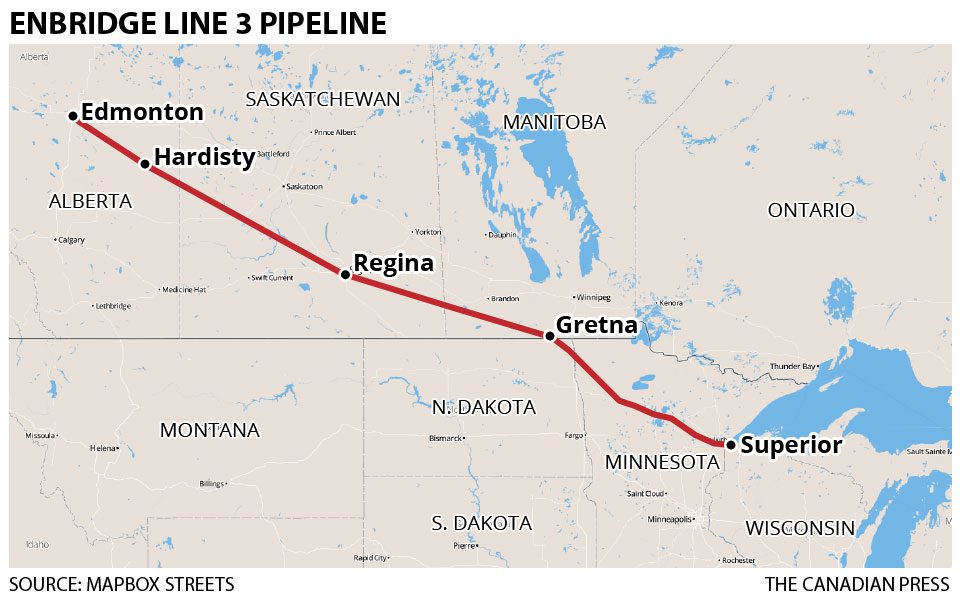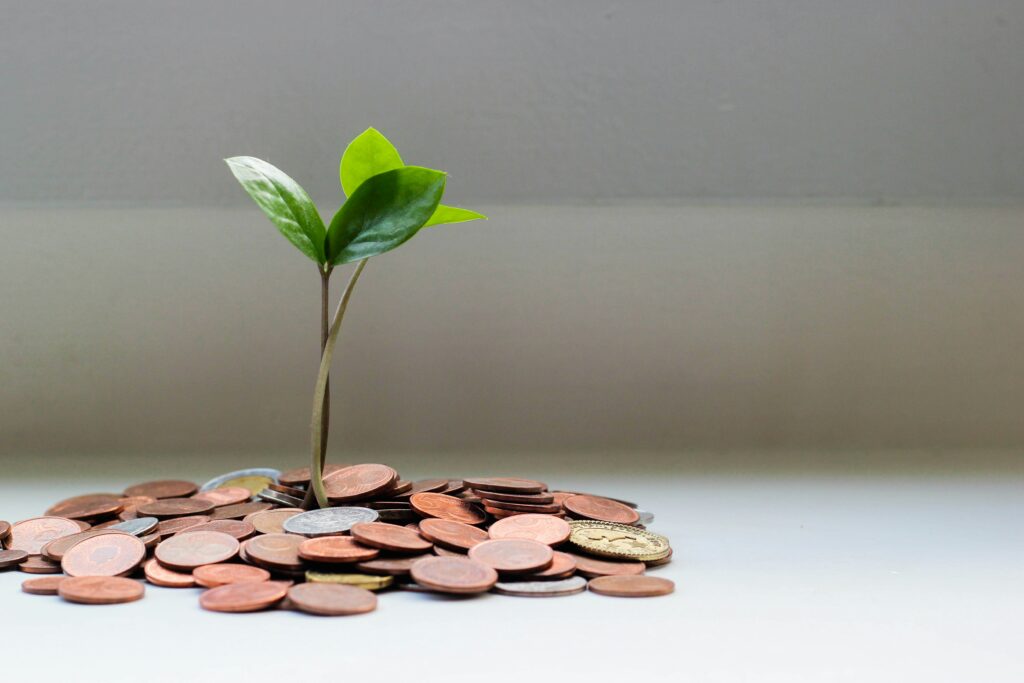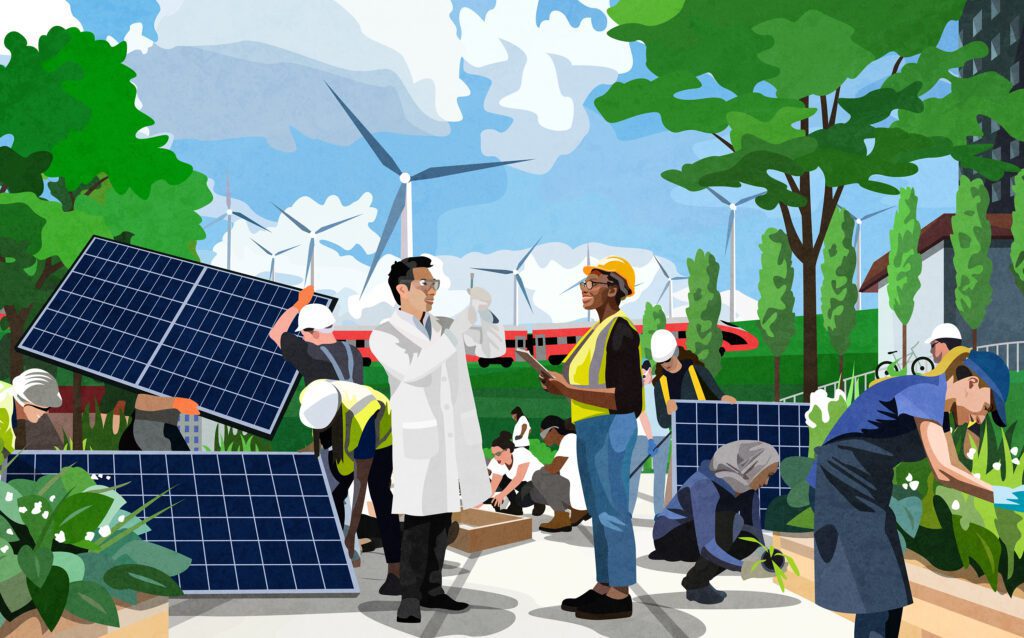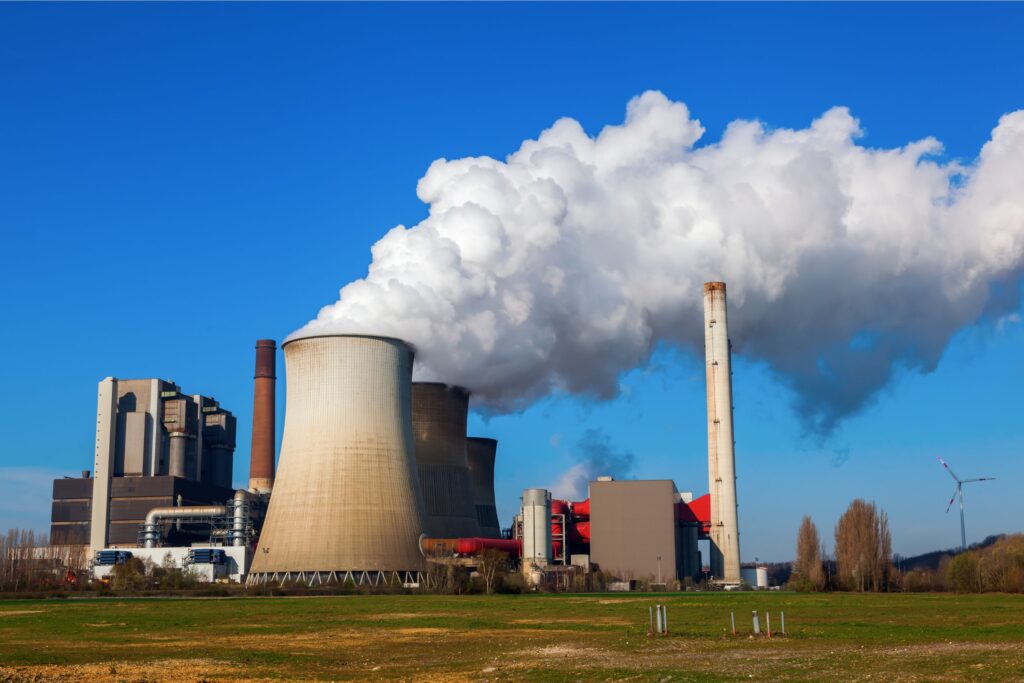With all eyes on a looming government decision on Kinder Morgan, another planned massive tar sands export pipeline has largely flown under the radar. But by this Friday, the U.S.-bound Enbridge Line 3 Replacement proposal faces a final decision by the federal cabinet.


Let’s take a closer look at the largest tar sands pipeline you’ve likely never heard of: the Line 3 “replacement” would bury a brand-new, bigger pipe and leave the old pipe in the ground, increasing the capacity from 380,000 barrels per day to 915,000 bpd. That would make it bigger than Keystone XL and bigger than Kinder Morgan. The $7.5 billion pipeline would run from Edmonton across parts of Alberta, Saskatchewan, Manitoba, Minnesota and Wisconsin to the western shore of Lake Superior. But more than the length of Line 3, it’s the pipeline’s carbon pollution that’s worrisome.
Environment and Climate Change Canada (ECCC) estimates that the upstream carbon pollution from Line 3 could be as high as 26 megatonnes (MT) per year, the equivalent of putting another 5.2 million cars on Canada’s roads. And by most accounts, the ECCC estimate is too low.
When Line 3 is added to Keystone XL, which has been resurrected following the U.S. election of Donald Trump, and the pending decision on Kinder Morgan, some serious questions need to be raised about how these pipelines can possibly fit with Alberta’s emission cap and Canada’s commitment to the Paris agreement to cut carbon pollution.
According to Oil change International, the oil needed to fill just one of these pipelines could require production in excess of what will be allowed under Alberta’s cap on tar sands emissions and make it very difficult for Canada to meet its climate targets. Building all three pipelines would create capacity for oil production that would exceed the Alberta cap and make Canada’s commitments impossible to meet without herculean cuts in emissions in other sectors.
Line 3 decision also comes at a time when the economic need for new pipeline capacity is being questioned. A December 2015 Department of Finance memo suggested that Canada has sufficient pipeline capacity for planned production growth until at least 2025. An October report from Oil Change International concludes that new pipelines are not needed to transport oil from tar sands projects that are currently operating or under construction. And former CIBC bank economist Jeff Rubin wrote in the Globe and Mail this month that the tar sands industry will have problems filling the pipelines already in operation, let alone new ones.
Enbridge’s Line 3 faces public opposition and requires additional permits in Minnesota, but the National Energy Board (NEB) approved the Canadian section of the pipeline in April 2016. Unlike Kinder Morgan and Energy East, the 915,000 bpd pipeline was not subject to the federal government’s Interim Measures for Pipeline Reviews. The government will base its decision on a flawed review process that took place before the promised modernization of the NEB. The federal cabinet committed to make a final decision on Line 3 by November 25th, 2016.
In a post-Paris world, carbon pollution and global demand for oil must decline. New export pipelines only make sense if Canada commits to rescinding operating approval if Alberta’s emission cap is exceeded and if Canada needs to reduce oil flows to meet its emission reduction plans to meet 2030 and beyond emission reduction targets. The federal government just released a long-term strategy that speaks of the challenge of decarbonizing the economy by 2050, and in that report acknowledged the risk of locking Canada in to a future of high-carbon infrastructure.
The decisions being made now – about pipelines, LNG facilities, and other new fossil fuels projects—will have a lasting and significant impact on our country’s emissions trajectories. Approving projects like Line 3 will make it extremely difficult for Canada to meet its Paris climate commitments and respect the Alberta emissions cap. Green lighting Line 3, Kinder Morgan, Keystone XL and Energy East will make it impossible.
It’ one more reason to tell the federal government to reject Kinder Morgan’s Trans Mountain Expansion pipeline.








